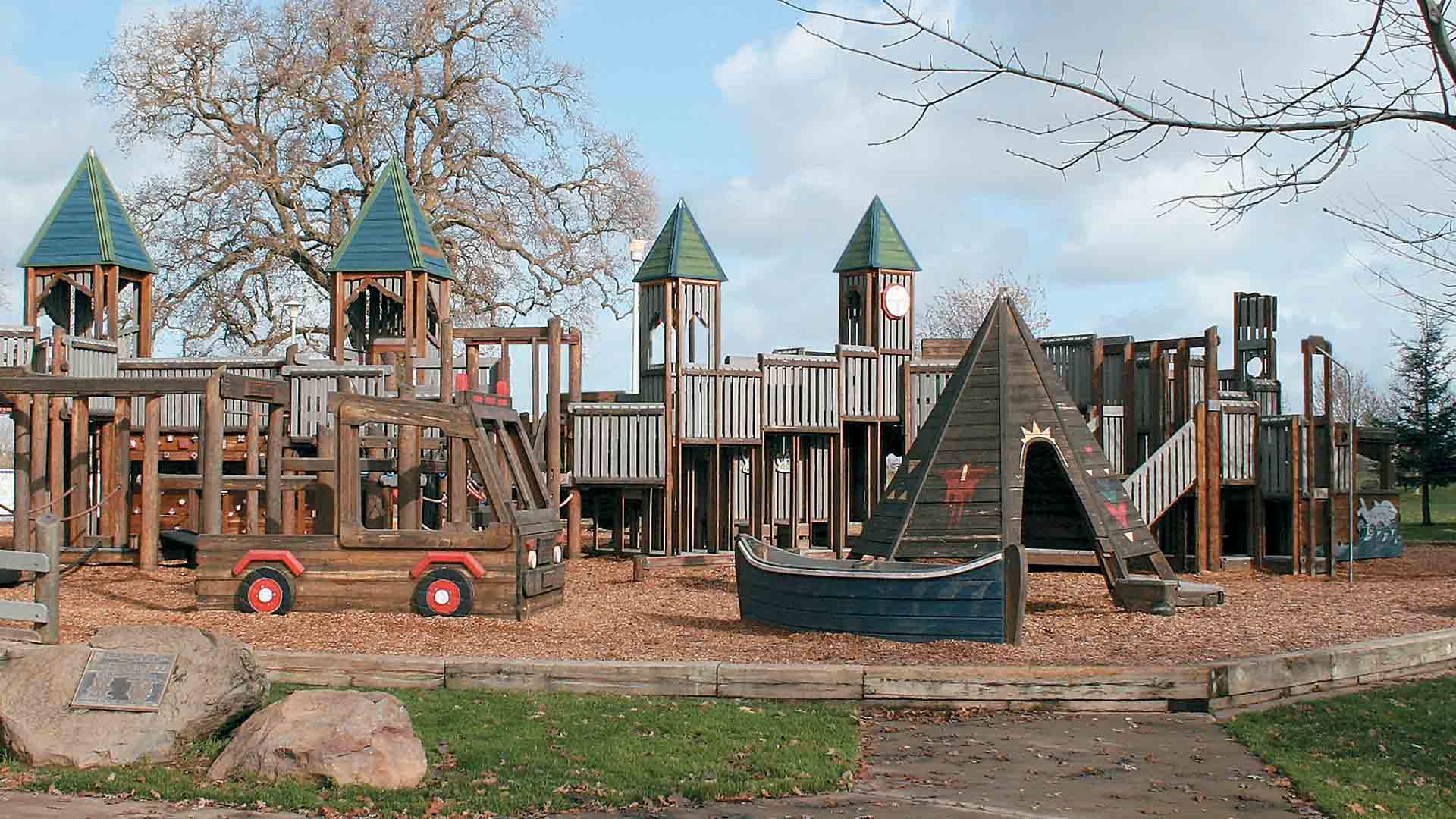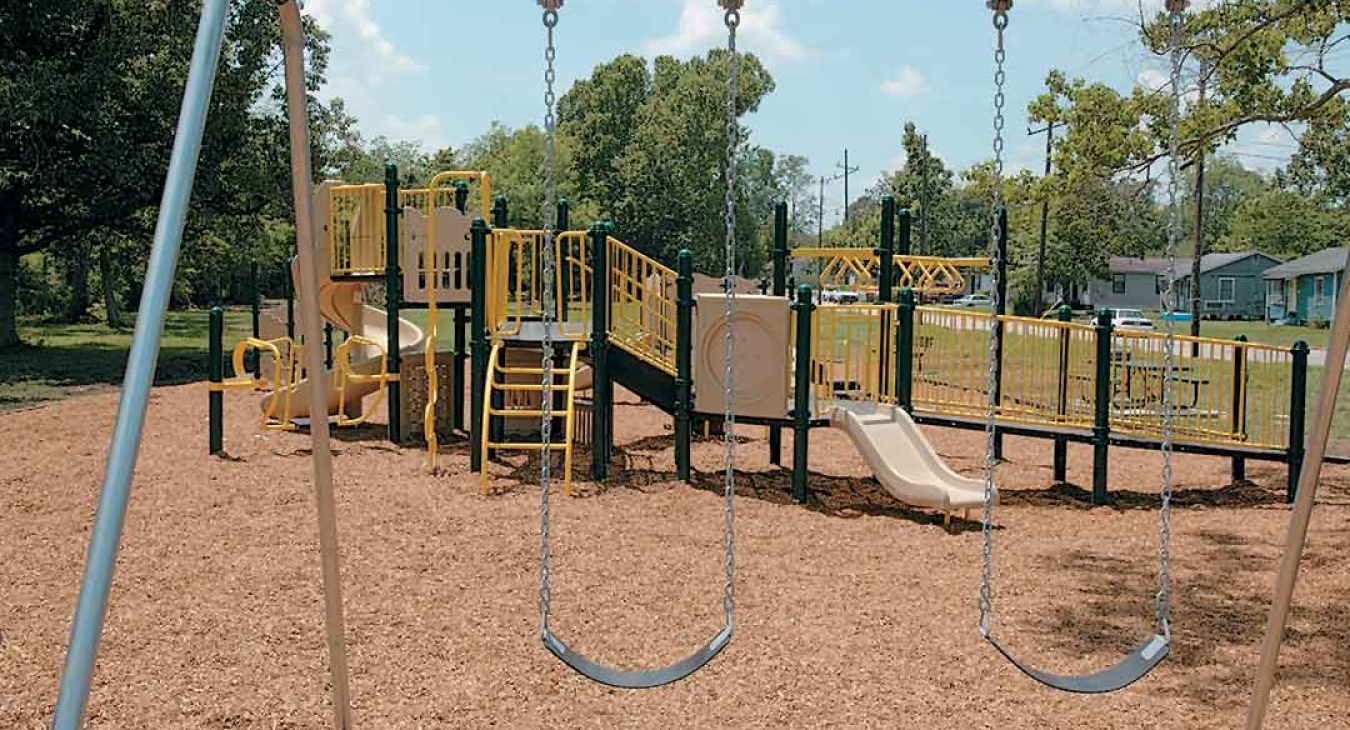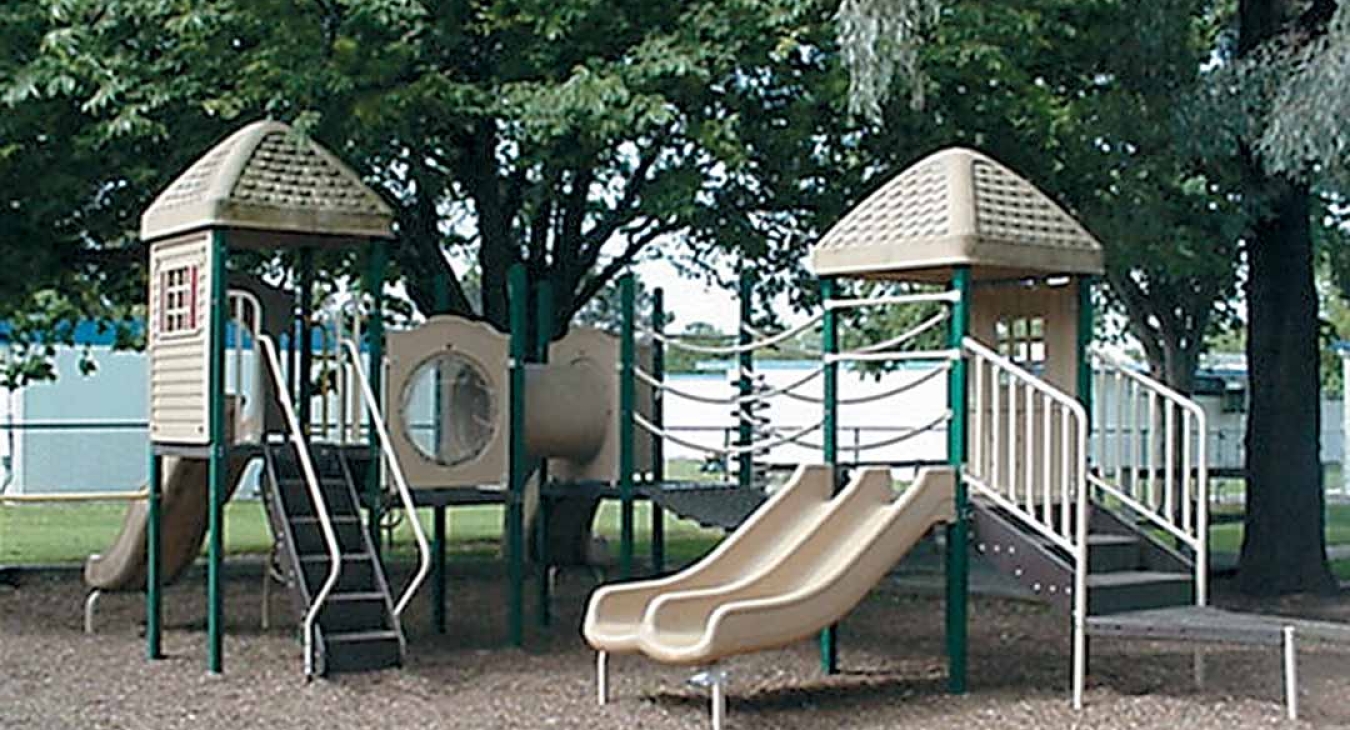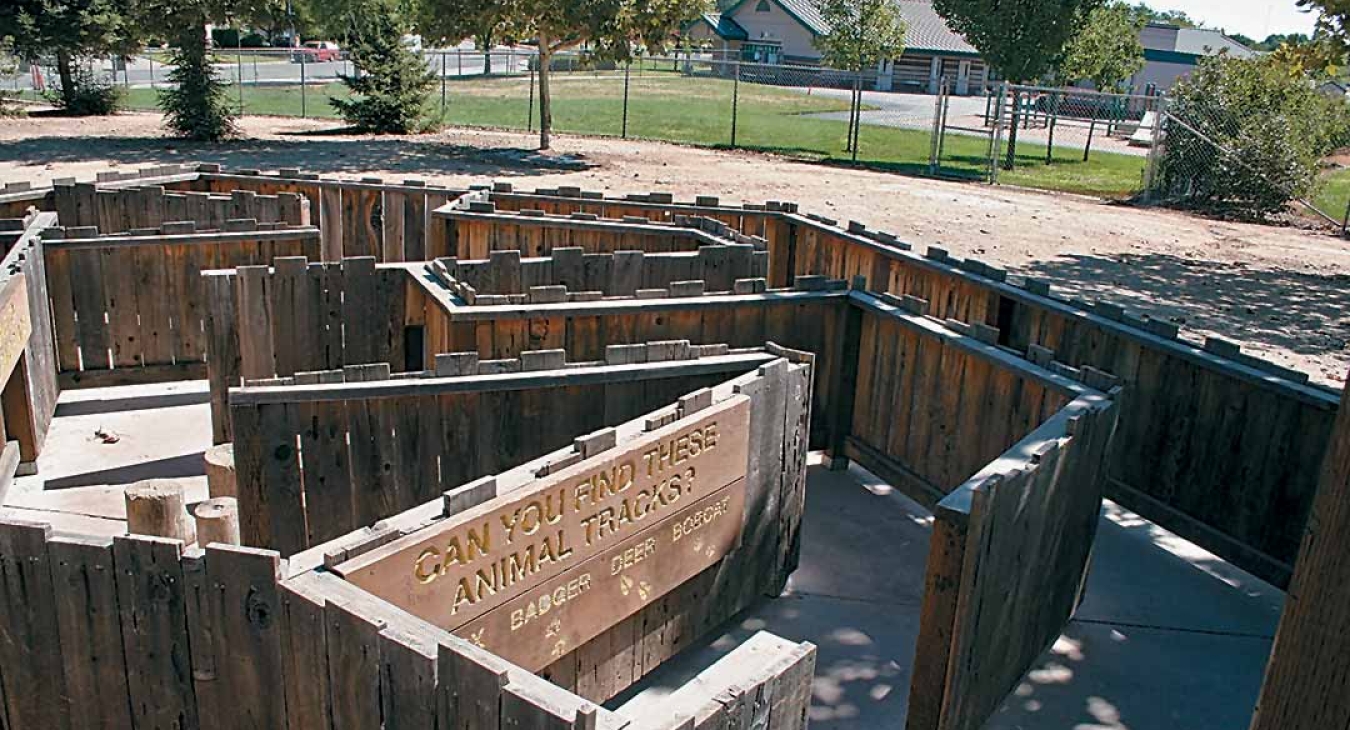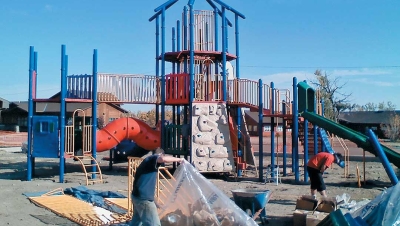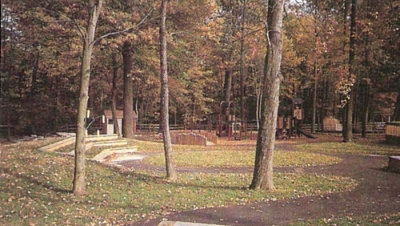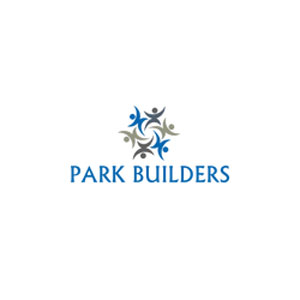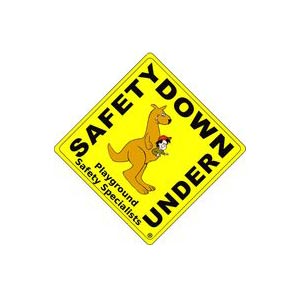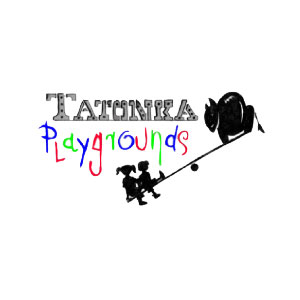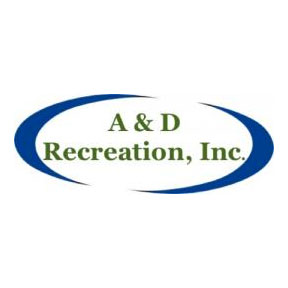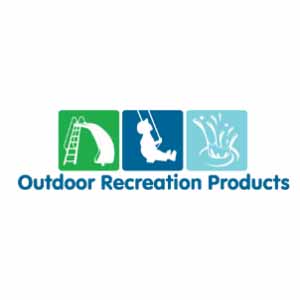Tips for Effective Layout
Most school districts and child care associations like the National Association for the Education of Young Children (NAEYC) have specific requirements for the ratio of children per adult in the classroom and on the playground. The yard duty personnel are usually trained to locate themselves at various locations around the play area and be constantly moving so they can maintain constant supervision of the children.
Very young children who use school playgrounds after school and public playgrounds in parks are usually accompanied by a parent, but older children are rarely supervised unless their parents are there with younger siblings. Sometimes the only supervision that children have in a public playground is the occasional passing of a police patrol or watchful neighbor.
The Consumer Product Safety Commission and the American Society for Testing and Materials recommend placement of signs or labels that indicate to the public the appropriate age of the playground user, but this is little substitute for informed and actively engaged adult supervision. It does have value is to the intended playground users by providing an appropriate means of informing the public if they understand the importance of age-appropriate play. It also provides some limited liability protection for the owner/operator and the manufacturer.
Large play areas with multiple composite structures that are built of solid materials must be spaced to provide adequate sightlines between the structures.
Fencing can be used to protect children from undesirable site conditions such as ponds, electrical service areas and streets and to channel pedestrian traffic on the site; not to confine the children. We don't want to make the play area look like an exercise yard. Fencing can create hidden areas, so care must be used to not block sightlines. If fencing is used it should comply with ASTM F2049-11R17, Fencing around Public Use Playgrounds. There is no hard and fast national recommendation for when or where fencing is to be used. Good professional judgment should be used in your site planning process and risk management review. Remember to contact local and state jurisdictions for any building codes that might impact your playground design.
Good design can greatly enhance the play experience and the safety of the playground. It is particularly important for the public playground that has minimal supervision.
When a playground is new, it generally is open for view from all angles, but as projects age the trees and other landscaping can block views. Projects that take advantage of the shade of existing trees and those that are well landscaped are more enticing, but care must be given to plan for future visibility. Play areas should be located close to the main entry to the park or facility so that care givers can easily transport the children and supplies, and so that it is easily viewed by the police patrols and neighbors. The play area should be close to but not necessarily adjacent to the main walkways unless you have some sort of fence buffer or barrier to help control access and egress when there appears to be a potential for conflicting user patterns. Remember children don't always stop and look both ways before they act. You don't want to worry about the possible collisions with joggers, bicycles and skateboards.
Play panels that have spaces between the play components such as Tic-Tac-Toe elements and windows, and panels that have spaces between the panel and the post or the deck should be used to allow view through the structure. Climbers and crawl tubes can be selected that have windows or are made of see-through products. Tube slides with windows or portholes and open slides with minimal hood entries can also improve visibility. Solid play panels or barrier panels should not be used on all sides of each deck; at least one side of each deck should have a component that promotes visibility. Mazes constructed of solid panels are probably not a good idea in most play environments. (see wooden maze image above)
Benches should be placed at various locations around the play area not concentrated into one sitting area as a way to encourage people who visit the play area to develop triangular sightlines across the play area as is recommended by schools and child care associations. Shade trees and shade structures should also be provided to encourage the use of the different bench locations. Strategically located benches can offer an additional line of defense between the playground equipment and some other adjacent activity or feature that is not necessarily appropriate for the intended playground user.
The selection of play components can be as important to maintaining sightlines as the location of the play area on the site. Play areas that are developed in shaded areas don't usually need roofs, and the lack of roofs minimizes shade patterns that can help to hide children and obscure views. The use of natural color posts and decks such as green and brown is a common theme; however, it is a good idea to use brighter colors, especially light colors in shaded areas because it creates more contrast with shade patterns.

